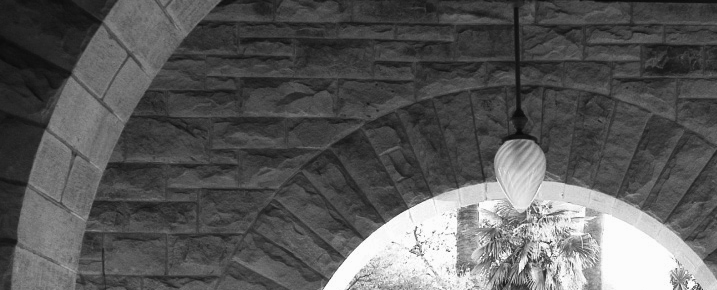
Join the colloquy
Shakespeare and Cervantes Then and Now
more
Miguel de Cervantes and William Shakespeare, ages 68 and 52 respectively, died on this date. One of them covered the peninsular and Mediterranean world of his time as a chamberlain and soldier, while the other moved between his native town and the capital, only a hundred miles apart. One tried most of the avenues open to a young man of precarious social status (and perhaps converso lineage), while the other settled into a routine and increasingly prosperous existence in a new industry.
While Cervantes was older, they belonged to a single generation of thinkers and writers born in the years around 1550: this was a group (including Félix Lope de Vega in Spain and Edmund Spenser and Philip Sidney in England) for whom the religious divisions of the early Renaissance were a settled fact, who accepted the power of their vernacular languages, and who saw literary genres without classical precedents arise to represent their world. By the mid-century moment in which Cervantes and Shakespeare were born, the Renaissance is a conscious period with several phases in its past, generational differences, and at least one major episode yet to be written in the seventeenth century, to which both writers will contribute in the late phase of their careers.
What ended on April 23, 1616, and what began? This Colloquy gathers current work, formal and informal, on both figures, together and apart. Recent books by Jeffrey Masten and Zachary Lesser, excerpted here, represent the turn in Shakespeare studies toward a discursive philology grounded in textual particulars. A post by our longstanding blogger William Egginton, drawn from his book of 2016 titled The Man Who Invented Fiction, addresses the durable topic of how Cervantes built characters. Alexander Samson's article on James Mabbe's translation of the Exemplary Novels, which first appeared in Republics of Letters in 2015, revisits the question of what seventeenth-century English adaptations took from Cervantes and redirects our attention to Mabbe's work as an "intercultural agent." Several of Arcade's contributing bloggers of past years—Timothy Hampton, Ruth Kaplan, and Ricardo Padrón—are represented by their observations out of reading and teaching. And my lecture to the audience of Humanities West, a San Francisco institution that promotes the public humanities, is intended to introduce the relation between Shakespeare and Cervantes in a somewhat provocative spirit. Consider this Colloquy an invitation to think at once about these two figures, and perhaps to contribute your own work or comment.
















